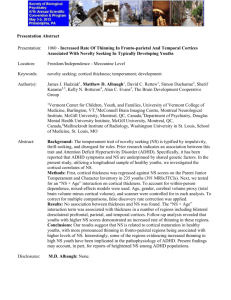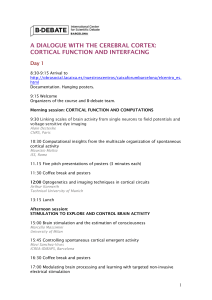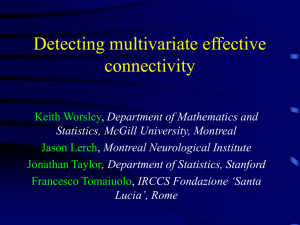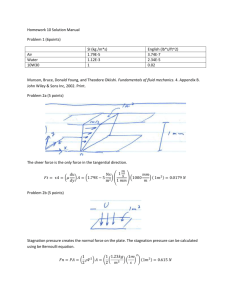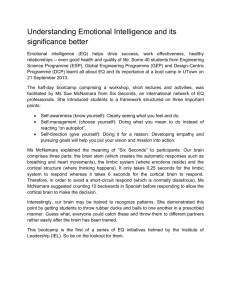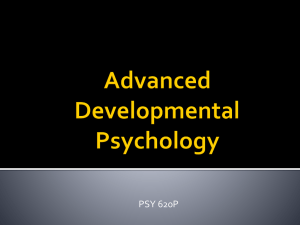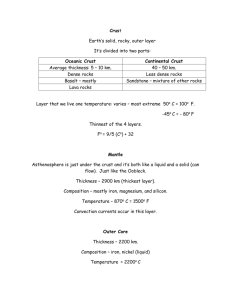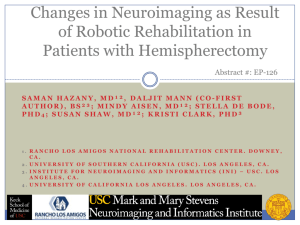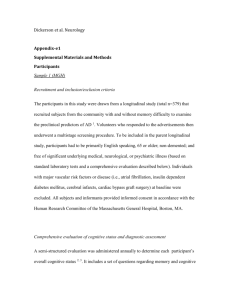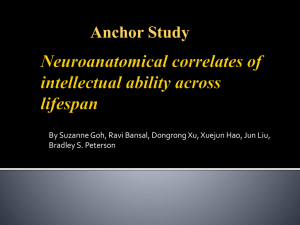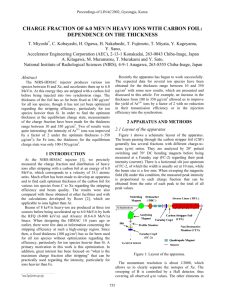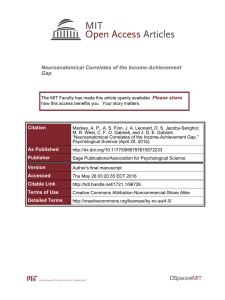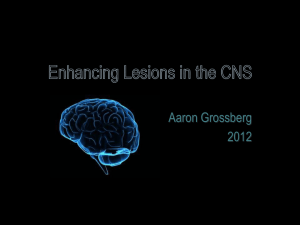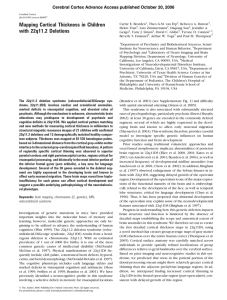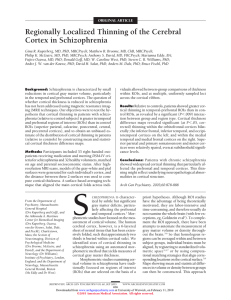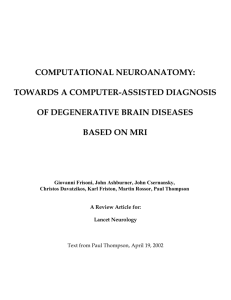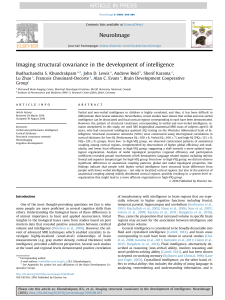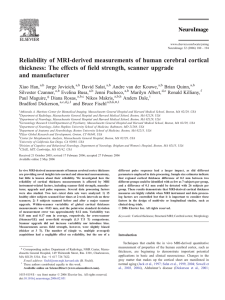Article: Variations in Disrupted-in
advertisement
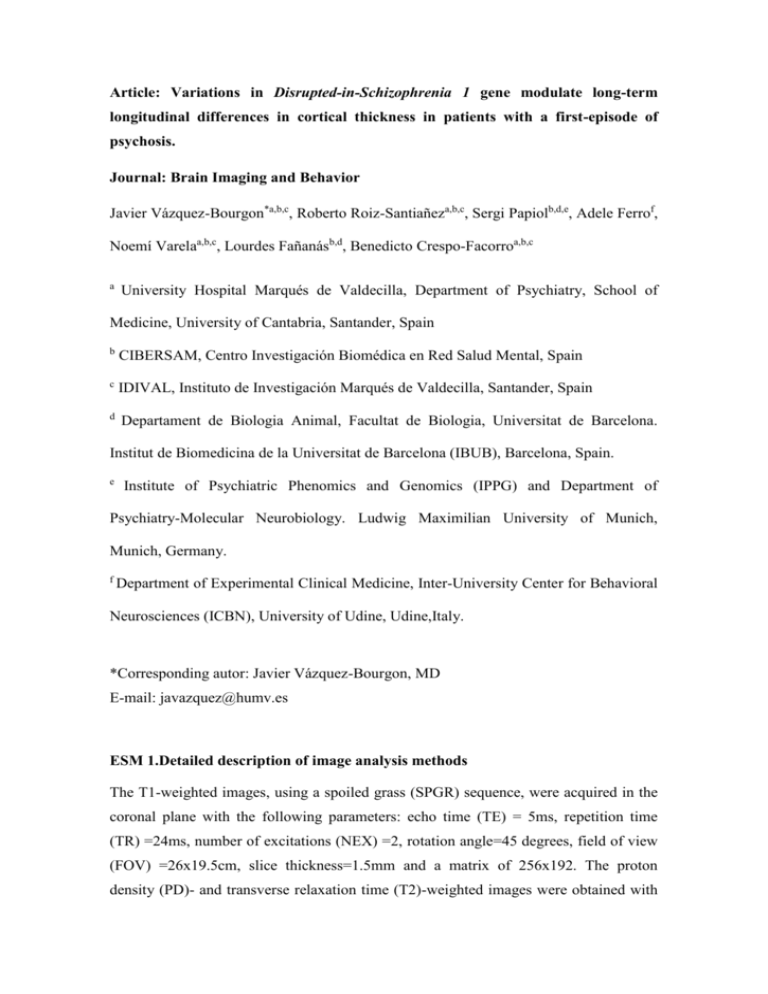
Article: Variations in Disrupted-in-Schizophrenia 1 gene modulate long-term longitudinal differences in cortical thickness in patients with a first-episode of psychosis. Journal: Brain Imaging and Behavior Javier Vázquez-Bourgon*a,b,c, Roberto Roiz-Santiañeza,b,c, Sergi Papiolb,d,e, Adele Ferrof, Noemí Varelaa,b,c, Lourdes Fañanásb,d, Benedicto Crespo-Facorroa,b,c a University Hospital Marqués de Valdecilla, Department of Psychiatry, School of Medicine, University of Cantabria, Santander, Spain b CIBERSAM, Centro Investigación Biomédica en Red Salud Mental, Spain c IDIVAL, Instituto de Investigación Marqués de Valdecilla, Santander, Spain d Departament de Biologia Animal, Facultat de Biologia, Universitat de Barcelona. Institut de Biomedicina de la Universitat de Barcelona (IBUB), Barcelona, Spain. e Institute of Psychiatric Phenomics and Genomics (IPPG) and Department of Psychiatry-Molecular Neurobiology. Ludwig Maximilian University of Munich, Munich, Germany. f Department of Experimental Clinical Medicine, Inter-University Center for Behavioral Neurosciences (ICBN), University of Udine, Udine,Italy. *Corresponding autor: Javier Vázquez-Bourgon, MD E-mail: javazquez@humv.es ESM 1.Detailed description of image analysis methods The T1-weighted images, using a spoiled grass (SPGR) sequence, were acquired in the coronal plane with the following parameters: echo time (TE) = 5ms, repetition time (TR) =24ms, number of excitations (NEX) =2, rotation angle=45 degrees, field of view (FOV) =26x19.5cm, slice thickness=1.5mm and a matrix of 256x192. The proton density (PD)- and transverse relaxation time (T2)-weighted images were obtained with the following parameters: 3.0 mm thick coronal slices, TR= 3000ms, TE= 36ms (for PD) and 96ms (for T2), NEX=1, FOV=26x26cm, matrix=256x192. The in-plane resolution was 1.016x1.016mm. MRIs of patients and controls were evenly acquired during follow-up time. Processing of the images was performed using BRAINS2 (Magnotta et al. 2002). The T1-weighted images were spatially normalised and resampled to 1.0-mm3 voxels so that the anterior–posterior axis of the brain was realigned parallel to the anterior commissure/posterior commissure line and the interhemispheric fissure aligned on the other two axes. The T2- and PD-weighted images were aligned to the spatially normalised T1-weighted images using an automated image registration program. These images were then subjected to a linear transformation into standardised stereotaxic Talairach atlas space to generate automated measurements of frontal, temporal, parietal, and occipital lobes. To further classify tissue volumes into grey matter, white matter, and CSF, we used a discriminant analysis method of tissue segmentation based on automated training class selection that utilised data from the T1-weighted, T2-weighted, and PD sequences (Harris et al. 1999). The discriminant analysis method permits identification of the range of voxel intensity values that characterise GM, WM and CSF. An 8-bit number is assigned to each voxel that indicates its partial volume tissue content (10–70 for CSF, 70–190 for GM and 190–250 for WM). To define the cortical isosurface to be used in the posterior analyses, a value of pure GM, or 130, was used as a cut-off. This value represents the parametric centre of the GM within the cortex and serves as a useful estimate of its physical centre. This triangulated surface was used as the basis for our calculations of thickness. Cortical thickness was calculated as the minimum distance between the 100 % grey matter triangle surface and the 50 %/50 % grey/white matter surface. This measure is an index of cortical thickness. It represents the parametric centre of the cortex or approximately one-half of the cortical thickness. Several studies have been performed to review the reliability and reproducibility of BRAINS (Okugawa et al. 2003; Agartz et al. 2001).
